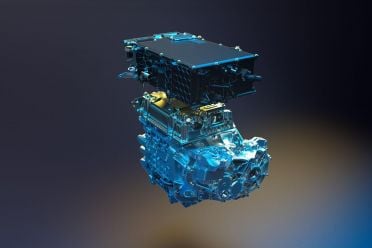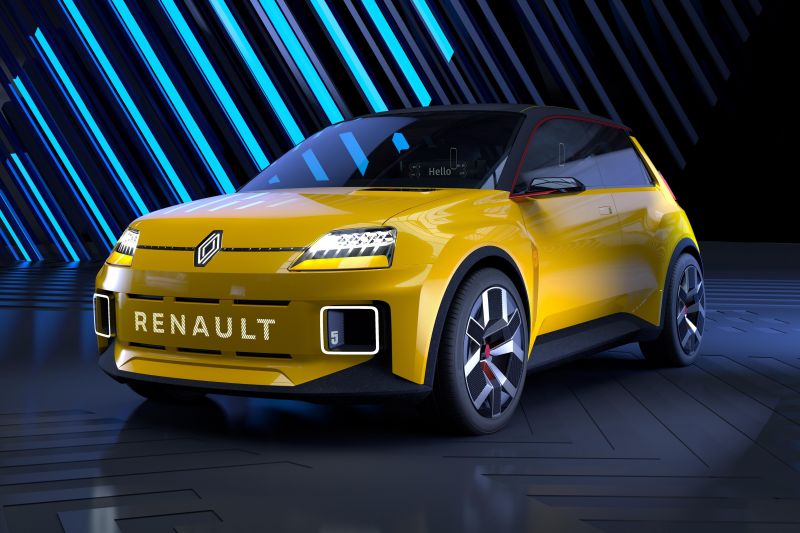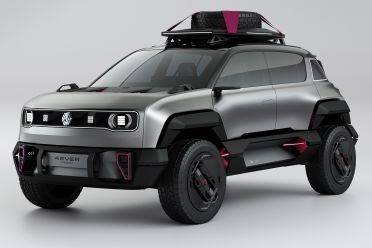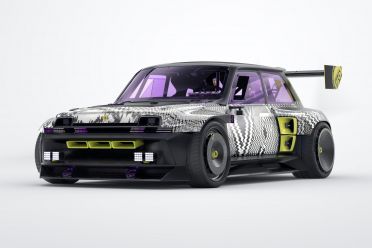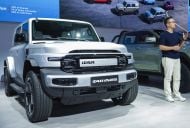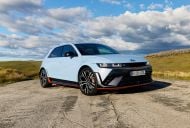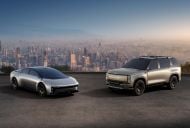The Renault 5 might have a retro body, but it should be a thoroughly modern car underneath.
The new 5 will be the first car to use the Renault-Nissan-Mitsubishi CMF-B EV architecture, and is said to share around 70 per cent of its components with the CMF-B platform that underpins the Renault Arkana, Clio and Captur, as well as the Nissan Juke and others.
It’s claimed this parts commonality makes the new Renault 5 EV around 30 per cent cheaper to produce than the Zoe it will replace.
Under the bonnet is the car’s engine bay, which houses an electrically-excited synchronous motor that’s said to be more powerful than a permanent magnet design, and doesn’t require any rare earth metals, making it cheaper and cleaner to produce.
Living with the motor is a DC/DC converter for the 400V main battery, the battery charger, and a power distribution box. The new drivetrain is about 20kg lighter than the one employed by the outgoing Zoe.
Last year Renault revealed one of the 5’s drivetrain options will be known as the ePT-100kW, which, we think, might have an output of 100kW. The larger Megane E-Tech uses a unit known as the ePT-160kW.
In the floor of the passenger compartment is the Renault 5’s battery pack. While the French automaker has yet to reveal the battery capacities to be offered in the new city car, it says the new design, which utilises four large modules rather than 12 smaller ones, is 15kg lighter and takes up “less space to transport more kWh”.
The largest battery offered in the Zoe is a 52kWh unit, which is good for a WLTP driving range of 395km.
Finally, Renault claims the new 5 will be a “benchmark for its segment in terms of driving pleasure”. This is partially down to the various weight saving measures detailed above, but also the car’s new multi-link rear axle.
The Renault 5 is scheduled to make its global debut in 2024. Styling for the car was previewed by the 2021 concept car.
Development for the 5, and its underlying CMF-B EV architecture, is currently taking place across Europe, including at the company’s cold weather testing centre in Sweden.
CMF-B EV will serve as the basis for the next-generation Nissan Micra in Europe, as well as a production version of the 4Ever Trophy crossover concept. Hopefully it will also allow the R5 Turbo 3E concept to be turned into a showroom-ready car.






